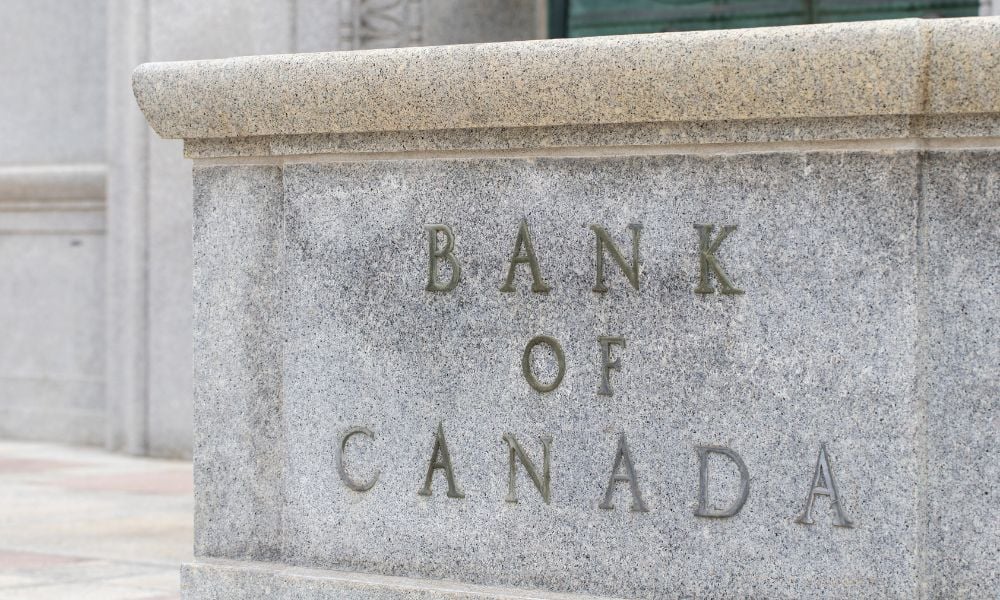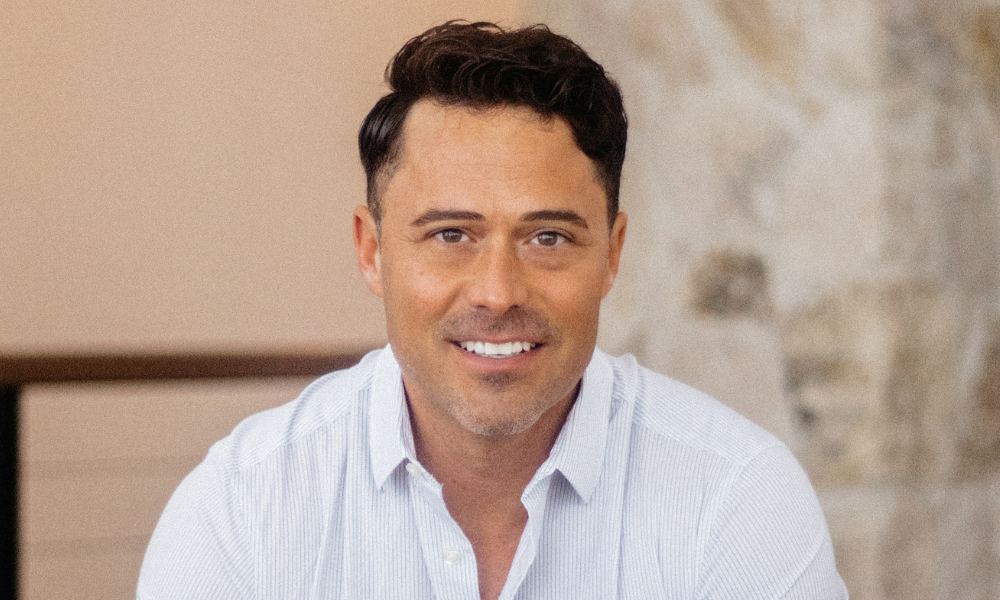Portfolio manager believes different sub-sectors have different outlooks as Canada moves towards reopening its economy

REITs have enjoyed a growing profile during COVID as the investment vehicle straddles the trends of changing real estate needs and investors’ search for yield. The pandemic has represented a potential inflection point, with portfolios likely to continue their shift away from the traditional 60-40 mix over the next 10 to 15 years.
Alfred Lee, portfolio manager and investment strategist at BMO Global Asset Management, told WP he doesn’t see REITs losing any of their popularity with their unique access to real estate. However, he warned that the effect of the pandemic means investors must make sure the composition of their exposure takes advantage of the changing landscape.
While industrial REITs, including the likes of warehouses, have done well, the retail space and office properties have been hit hard. But Lee believes advisors and investors must plan for the short and long term when it comes to the economy reopening.
In the near term, as more people get vaccinated and people head out to work again, office real estate is likely to outperform as uncertainty is replaced by optimism. However, over the long haul the flexi-schedule many companies are expected to put in place for their employees is likely to reduce footprint and create headwinds.
Retail space, too, has been fundamentally changed by the pandemic as online shopping accelerates.
Lee explained: “Everybody's going to shop more online, so the need for storefront is going to be lower but the need for warehousing is going to be a lot higher. A lot of the larger-cap REIT names like RioCan and a lot of office properties may face a lot more headwinds over the long haul, whereas some of the smaller-cap operators, like the ones that operate in healthcare and more industrial-related real estate, will likely outperform over the long term.”
With a low interest-rate environment seemingly here for a while yet, the search for yield goes on as investors look to make up the shortfall in their bond allocation by shifting capital into equities. Investors may well look to pick their own REITs or turn to an ETF or active manager, who can maximise the growth of the small-cap names.
Lee favours the healthcare and residential sectors because of the COVID aftermath, an ageing demographic and the new work-from-home model. Office and retail, as mentioned, will encounter headwinds even when Canada is full reopened. It’s an area investors must be cognizant of given fixed income’s travails.
“The way investors have to shape their portfolio over the next 10-15 years is going to be a lot different than before and that [traditional] 60-40 portfolio mix,” he said. “We call it the 50-30-20 portfolio, where it's 50% equities, 30% fixed income, and then 20% in that hybrid alternative area, whether it's preferred shares, high yield bonds, or hedge funds, for example. That area is going to serve a huge purpose in your portfolio.”
He added: “As interest rates remain low, that generally is good for hard assets. A lot of these REITs own their properties, for example, and monetary policy remains pretty accommodative, even though it is probably going to tighten in the next year. That tends to be good for property prices and that’s going to be good for REITs to generate lot of yield."



